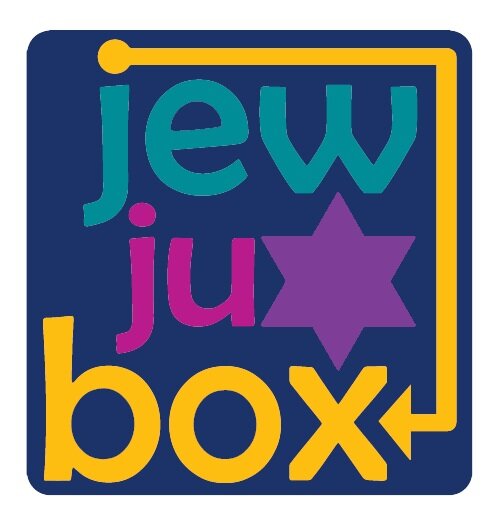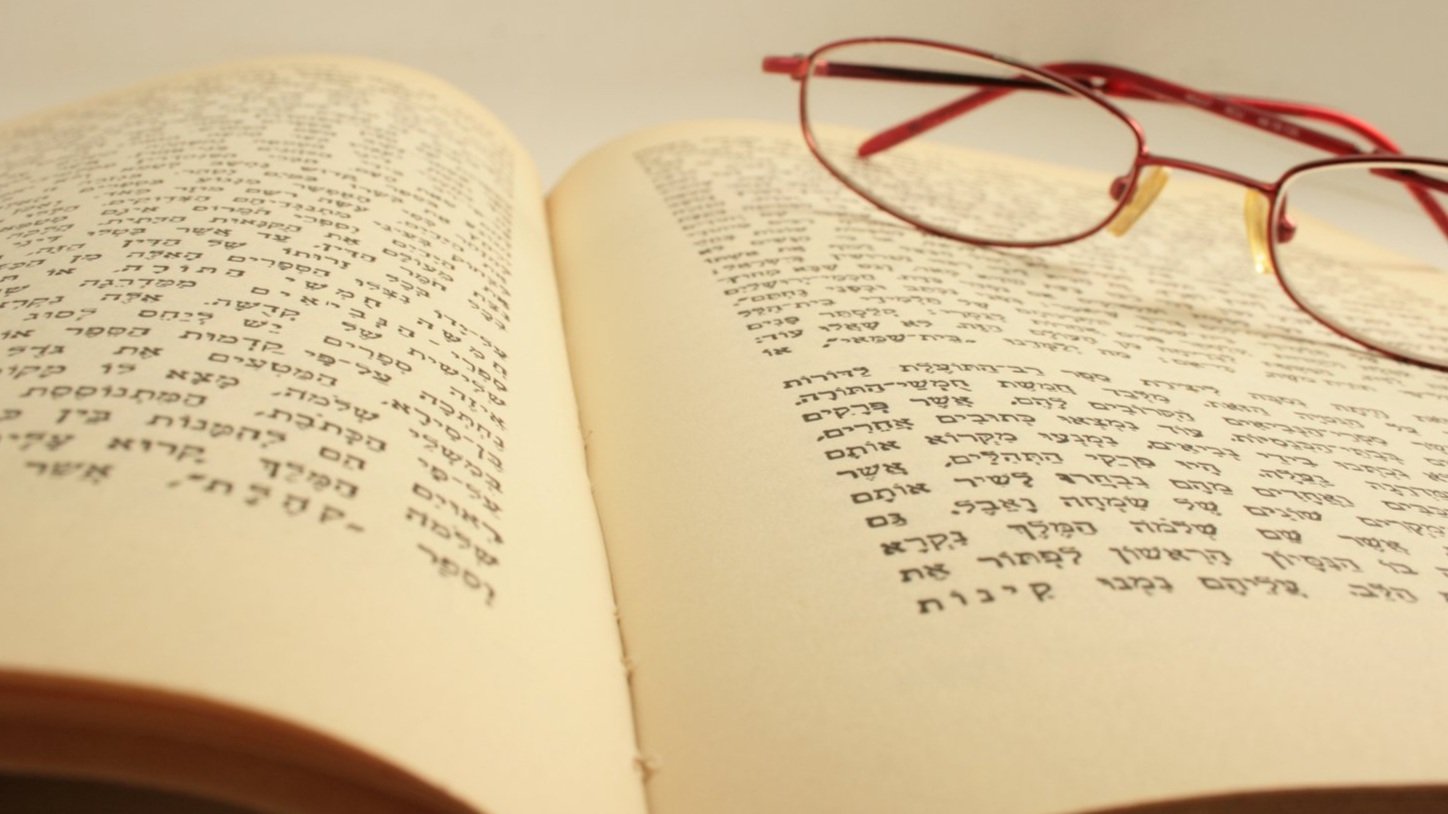Chanukah: A Holiday with No Holy Texts
Of our holidays that commemorate ancient events (Pesach, Purim, Shavuot, Chanukah, Tisha B'Av), it’s interesting that Chanukah – the one tied to actual historical events – is the only one whose story didn’t make it into Tanach.
The only story that comes close is in Daniel; his visions at the end seem to reflect the Chanukah story, and are ascribed to an author who wrote after the time of the events in the Chanukah. Torah.com explains that “The actual authors…[in] describing events that have already occurred as if they are yet to come … recount the history symbolically. The relation of these descriptions to actual events…is often quite precise. … when they are laid together there is only one set of events that will fit them: the on-again/off-again wars between the Seleucids and the Ptolemies.” This is the historical backdrop to the Chanukah story. The site adds, “We know the vision was written before the war concluded and the Temple and its altar rededicated, because, at a certain point, the correspondence between the vision and the known facts of history breaks down and the text no longer gets the historical events right.”
But the rest of the texts? They are part of the “Apocrypha” – books that didn’t quite make the cut into the “canon”. Not surprisingly, our (Jewish) Apocrypha aren’t the same as different Christian denominations’ – some made the Christian cut but not the Jewish one. First and Second Maccabees made the cut for Catholics, but not for Jews, Protestants, or Anglicans.
Sefaria, my favourite site for Jewish text study, explains the background of the books well. “Composed in Second Temple Judea (c.145 - c.125 BCE). 1 Maccabees is a book written in Hebrew by a Jewish author after the restoration of an independent Jewish kingdom, about the latter part of the 2nd century BC. The original Hebrew is lost and the most important surviving version is the Greek translation contained in the Septuagint. ... In modern-day Judaism, the book is often of great historical interest, but has no official religious status.”
About 2 Maccabees, Sefaria tells us: “Composed in Hellenistic Egypt (c.153 - c.133 BCE). 2 Maccabees is a deuterocanonical book (a book which is holy to some sects but not others) which focuses on the Jews' revolt against Antiochus IV Epiphanes and concludes with the defeat of the Syrian general Nicanor in 161 BC by Judas Maccabeus, the hero of the work. Unlike 1 Maccabees, 2 Maccabees was written in Koine Greek [Biblical Greek] probably Alexandria, Egypt, c 124 BC. It presents a revised version of the historical events recounted in the first seven chapters of 1 Maccabees, adding material from the Pharisaic tradition, including prayer for the dead and the resurrection on Judgement Day. Catholics and (Christian) Orthodox consider the work to be canonical and part of the Bible. Protestants and Jews reject most of the doctrinal innovations present in the work.”
Both First and Second Maccabees are mostly a recounting of the battle to control Jerusalem and Judea. There is a lot of detail, and repetition and cyclical events, as well as gore, bloodshed, heroism, and martyrdom.
But what about the story of the miracle of the oil?
It’s actually in another apocryphal book, the Megillat Antiochus, written between 50 and 750 years after the actual events. Sefaria tells us this: “Composed in (c.100 BCE - c.700 CE). Megillat Antiochus (The Scroll of Antiochus) also Megillat Ha-Ḥashmonaim, Megillat Hanukkah, or Megillat Yevanit, recounts the story of Hanukkah and the history of the victory of the Maccabees (or Hasmoneans) over the Seleucid Empire. Early texts of the work exist in both Aramaic and Hebrew, but the Hebrew version is a literal translation from the Aramaic original. … During the Middle Ages, Megillat Antiochus was read in the Italian synagogues on Hanukkah just as the Book of Esther is read on Purim. It still forms part of the liturgy of the Yemenite Jews.”
What about Judith?
You may have heard the story of Judith (or Yehudit), in connection with Chanukah as well. In short, the widow Judith kills the Assyrian general Holofernes, handing Jews a victory as the Assyrians have no leader. It’s also an apocryphal text, and the actual tie to Chanukah is tenuous – there’s a suggestion that she was Judah Maccabee’s aunt, but nothing in the text to support it. The actual connection may be that she was ruthless in defending her people from having to abandon their religion, much like the story of the Maccabees, and it may or may not have taken place during the same time period.
Why didn't any of the texts make it into Tanach?
There are theories. The discussions as to what made the cut and didn't are lost to us - if they were ever recorded. Many were not. My Jewish Learning relates several theories. One is that the story occurs after what was to be in or out of the Bible was already decided. This is based on the idea that, although the decisions were formalized in Yavneh (or Jamnia) around the time that Jerusalem was destroyed, there may have already been an almost-official list by then. Another theory that the Rabbis were descended from Sadducees whereas the Maccabees were Pharisees, so it was either a political move, or a fight for the soul of Judaism, depending on your viewpoint. (The Jewish Virtual Library has an interesting article about how these sects differed, if you want to learn more: https://www.jewishvirtuallibrary.org/pharisees-sadducees-and-essenes.) One more is that, since the story details a successful revolt, the Rabbis, exiled because of an unsuccessful one, would not want to encourage a future revolt.
The story is still worth reading, regardless of why it’s not in Tanach. I did, and I'll tell you what I found in my next blog.



